Nature reports
Publisher: Dutch Caribbean Nature Alliance (DCNA)
Page 1 of 11 - 102 Results
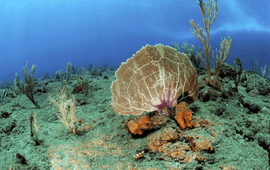
A recent study explored the spread of a disease affecting sea fans in the Dutch Caribbean. Known as multifocal purple spots syndrome (MFPS), this disease is caused by parasitic copepods and has significant impact on the health of..
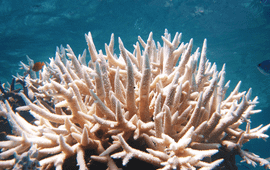
A new study has discovered a remarkable resilience in young corals raised through assisted sexual reproduction. This is big news, especially in a year when the Caribbean suffered one of the most intense coral bleaching events on..
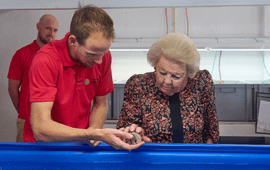
From November 13 to 15, H.R.H. Princess Beatrix, Patroness of DCNA, visited Sint Maarten and Saba, shining a spotlight on the remarkable conservation and restoration work led by local organizations. This royal visit was about the..
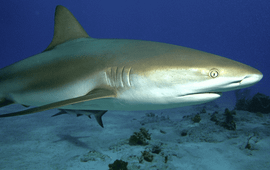
A recent study conducted in Sint Maarten’s Man of War Shoal Marine Park has provided valuable insights into the biodiversity of reef fish and the presence of endangered sharks. Using baited remote underwater video systems,..
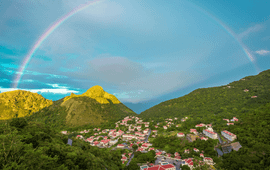
Her Royal Highness Princess Beatrix of the Netherlands will visit Sint Maarten and Saba from November 12 to 15. As the patroness of DCNA, the Princess’s visit will highlight nature conservation and social initiatives on the..
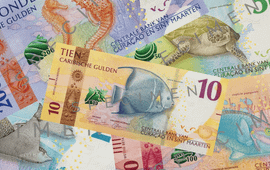
Dive into the underwater world with the newly released Caribbean guilder! The redesigned currency for Curaçao and Sint Maarten features stunning marine life. With each glance at a guilder, we’re reminded of the interconnectedness..
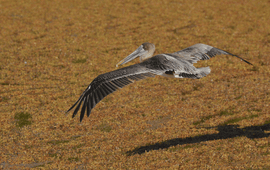
The Dutch Caribbean Nature Alliance is proud to be involved in the development of Carto, an innovative web application designed to modernize how we monitor and protect key habitats across the Dutch Caribbean. This tool, partly..
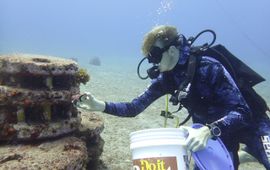
Saba has an exciting new initiative to restore its coral reefs. This new project, running from 2024 to 2026, will focus on reviving key species in the island’s underwater ecosystems. With a collaborative team from the Saba..
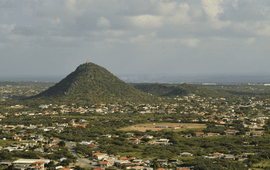
A team of experts from CARMABI Foundation and Wageningen University have recently finalized the landscape ecological vegetation map of Aruba. Aiming to enhance conservation efforts, this research offers a detailed look at how..
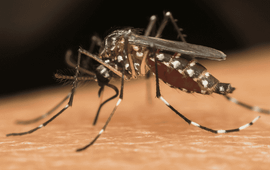
Scientists from Naturalis Biodiversity Center, Leiden University, Dutch National Institute of Health, Netherlands Food and Consumer Product Safety Authority have completed an exciting study on Bonaire, to explore where different..
